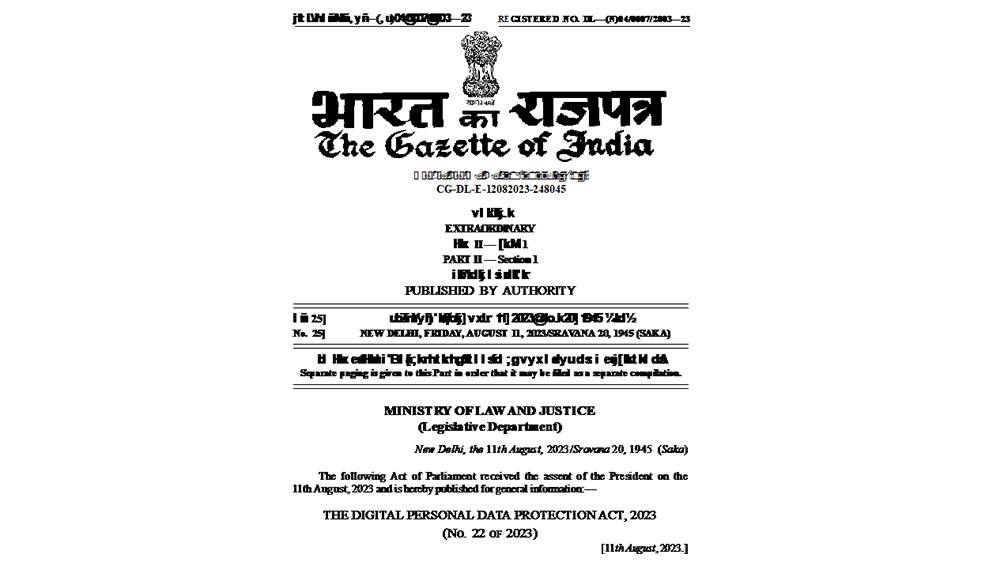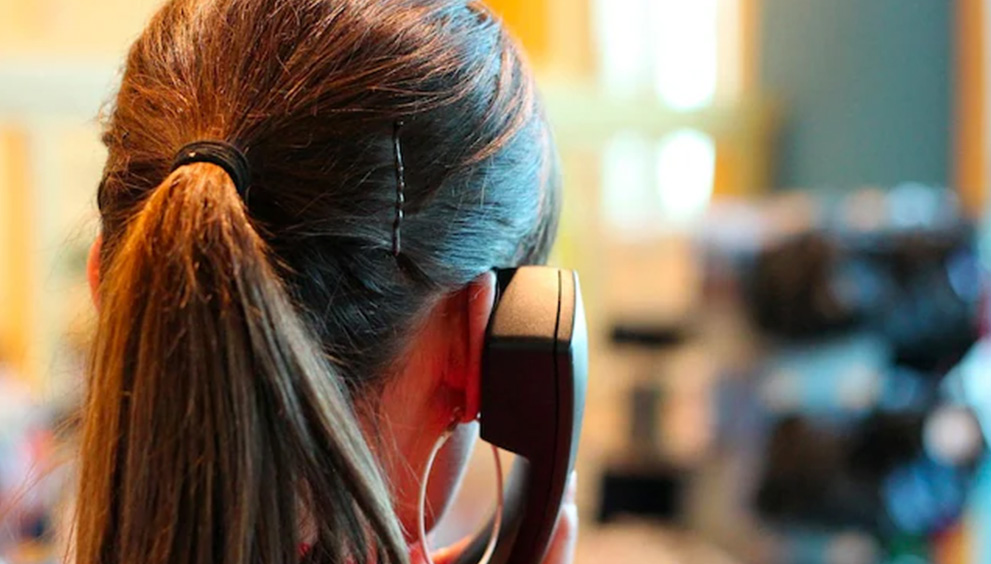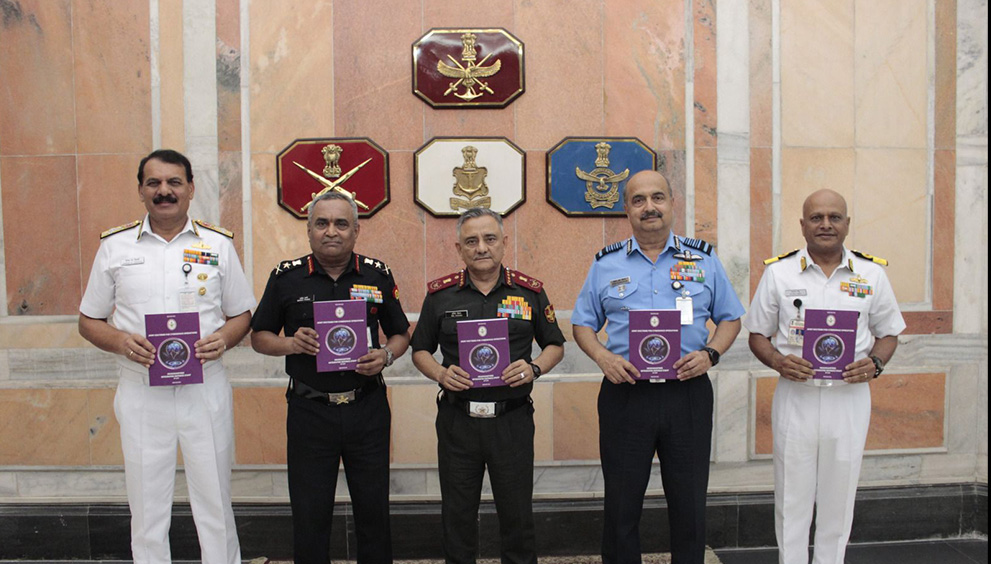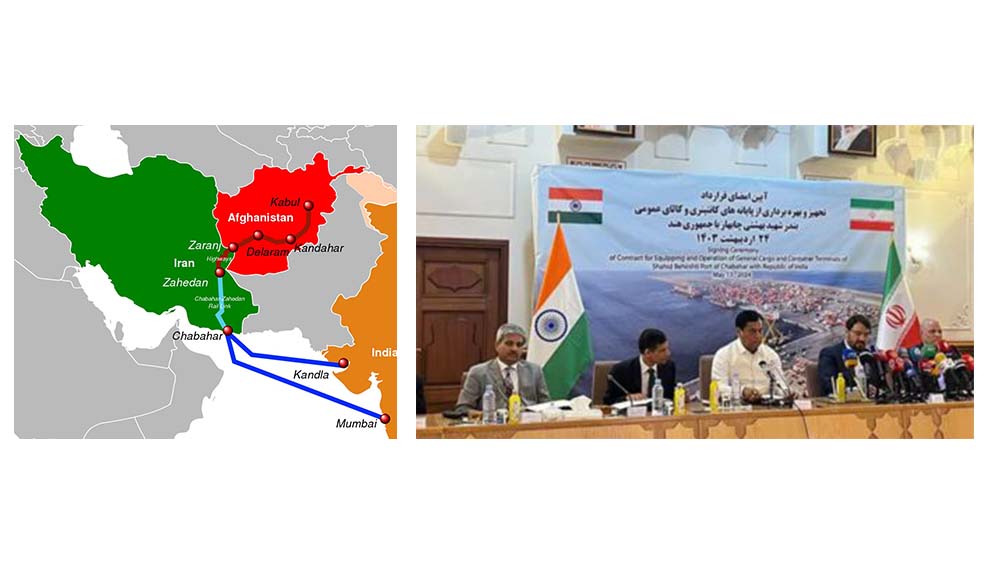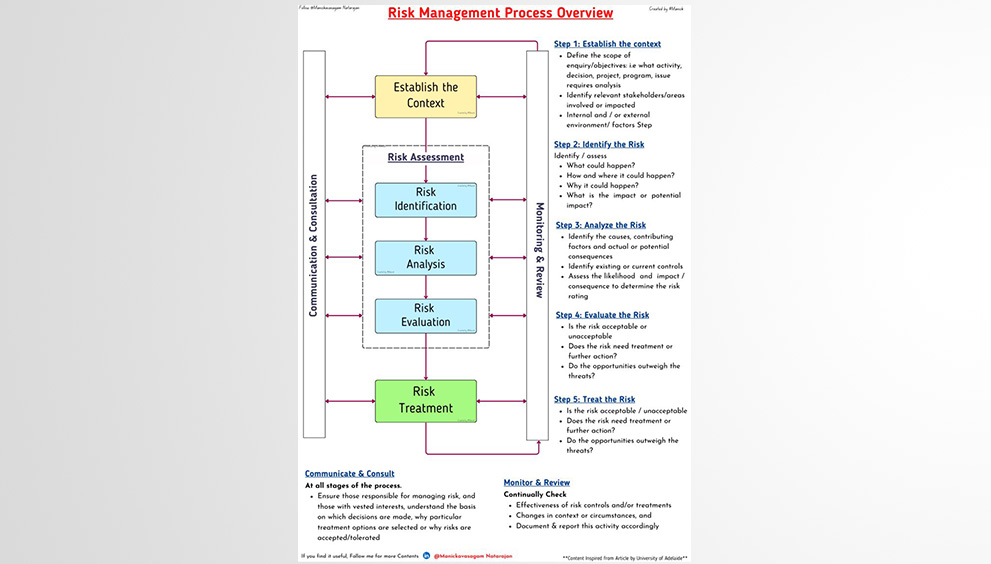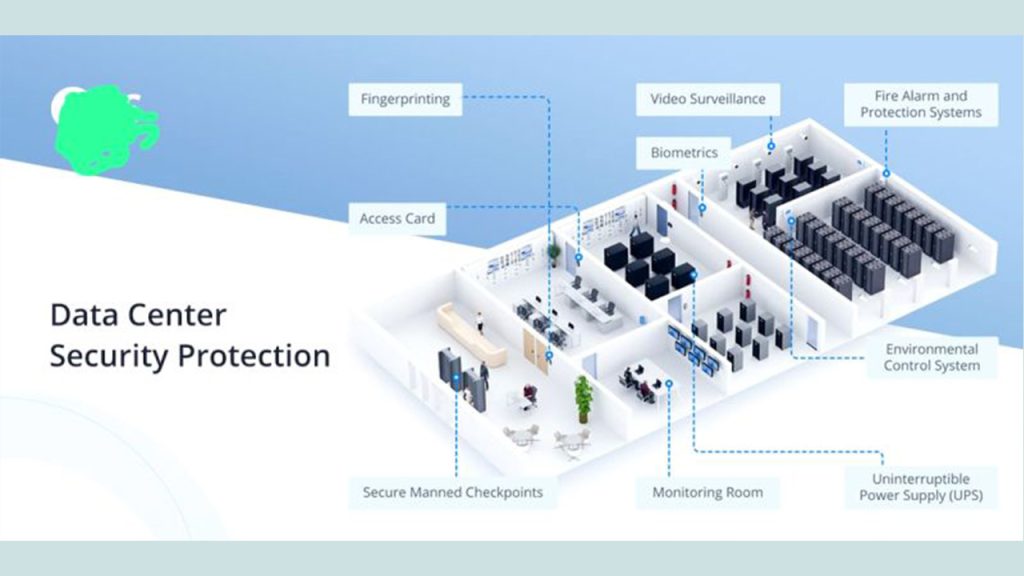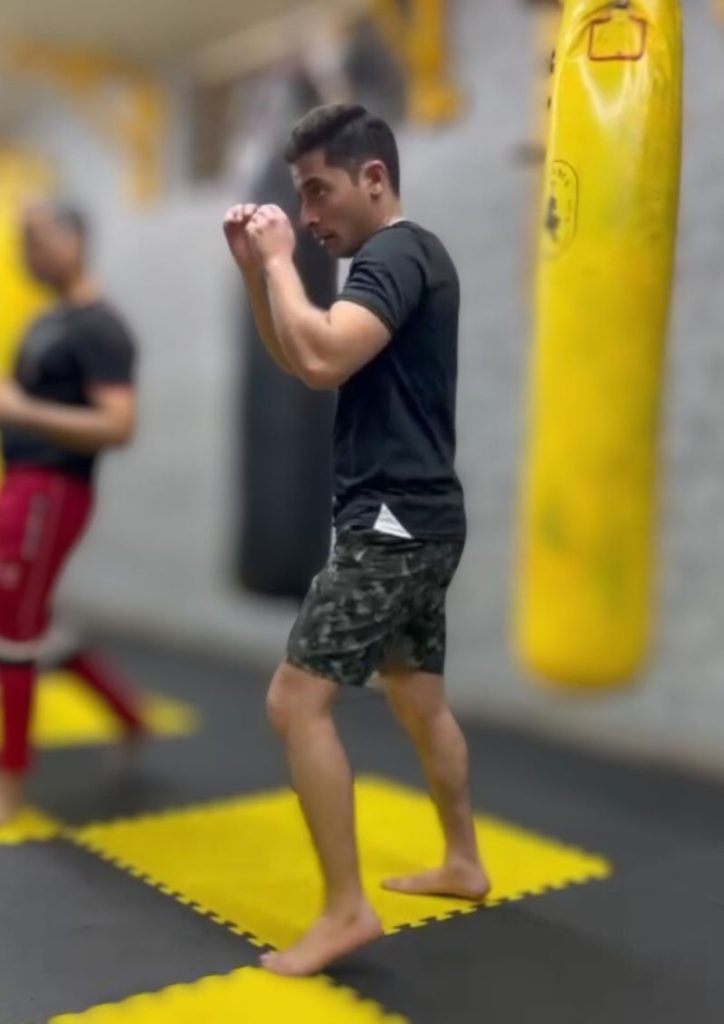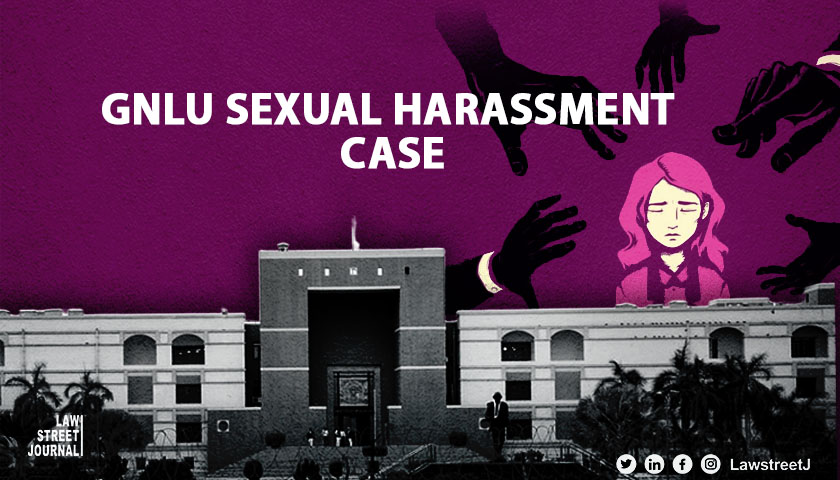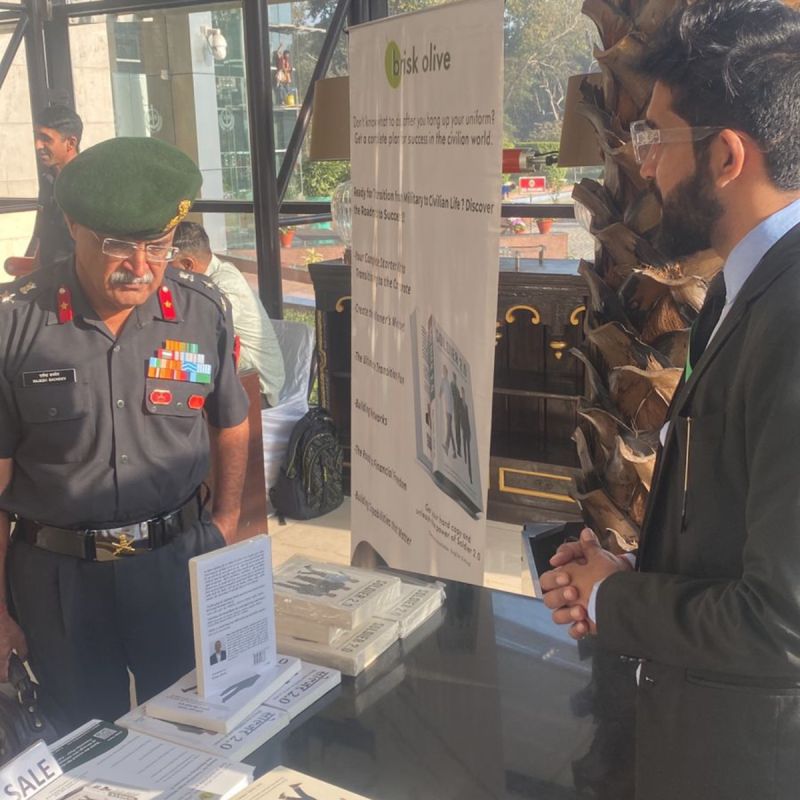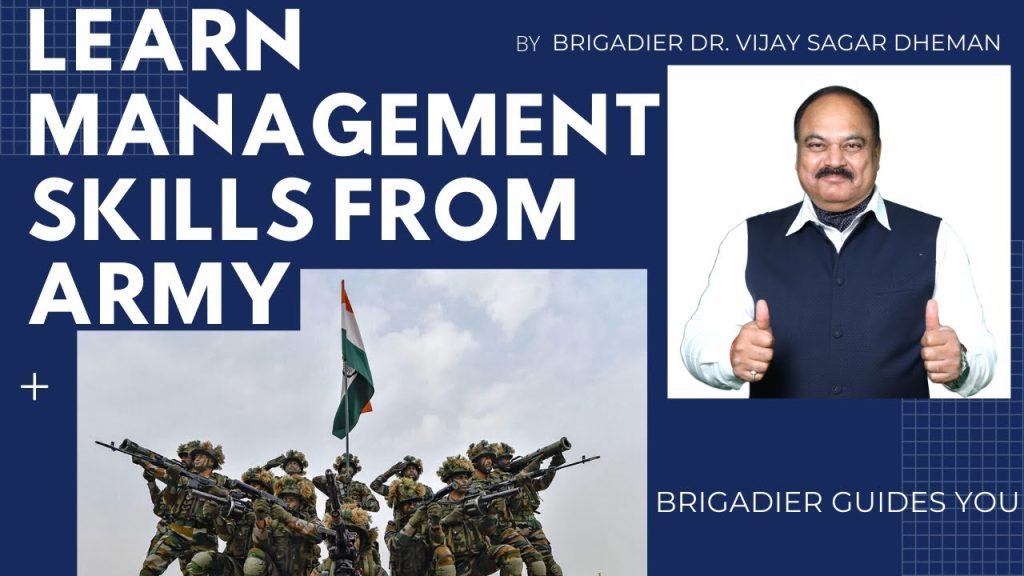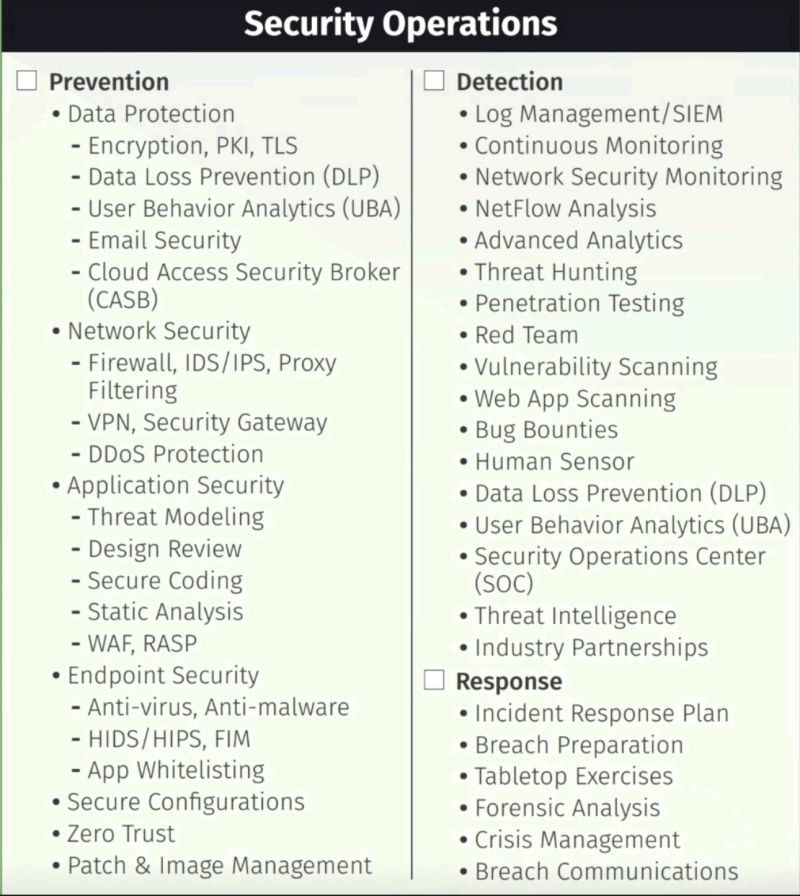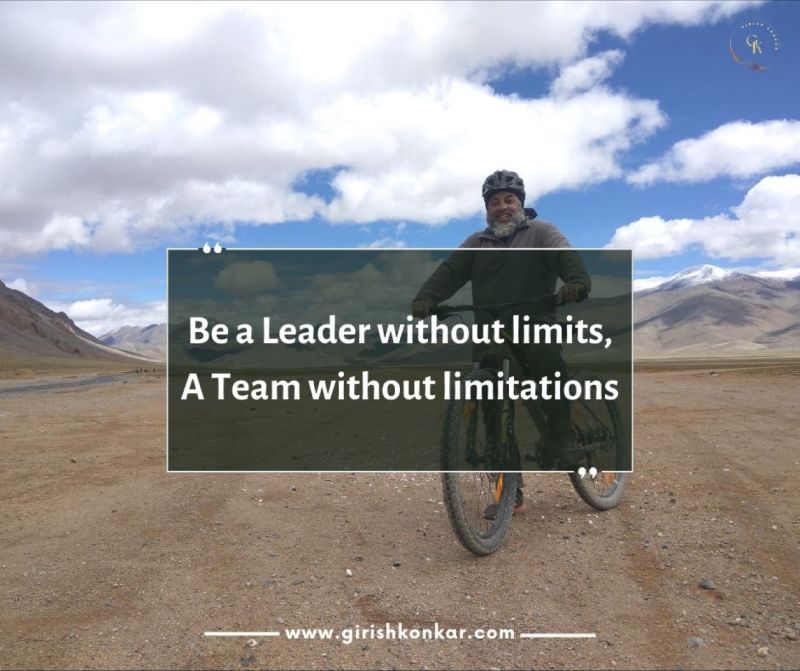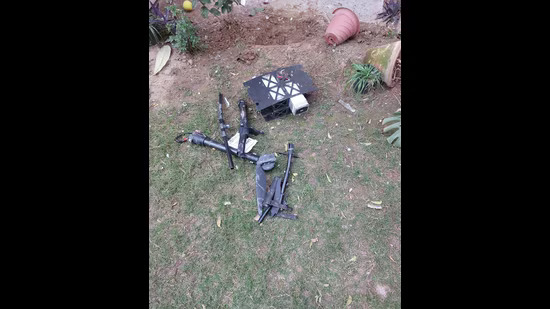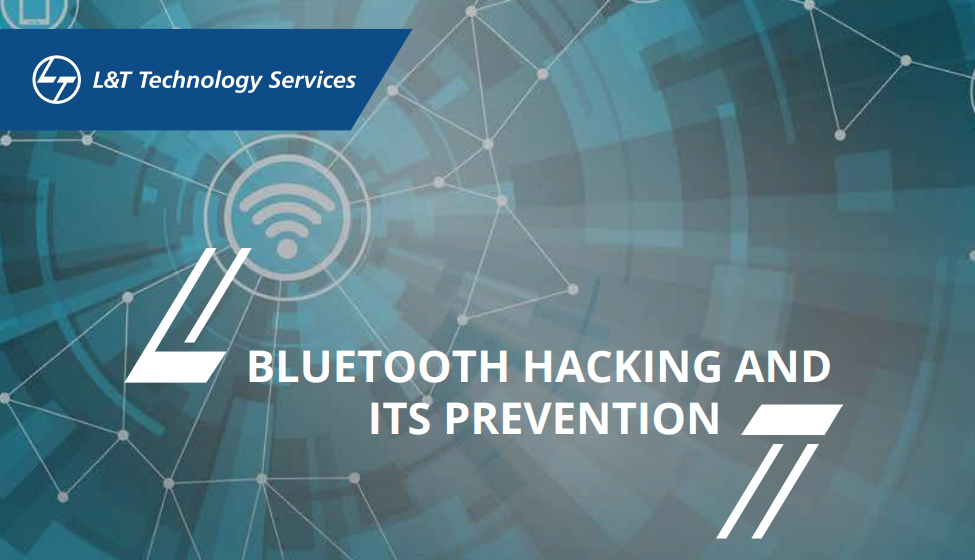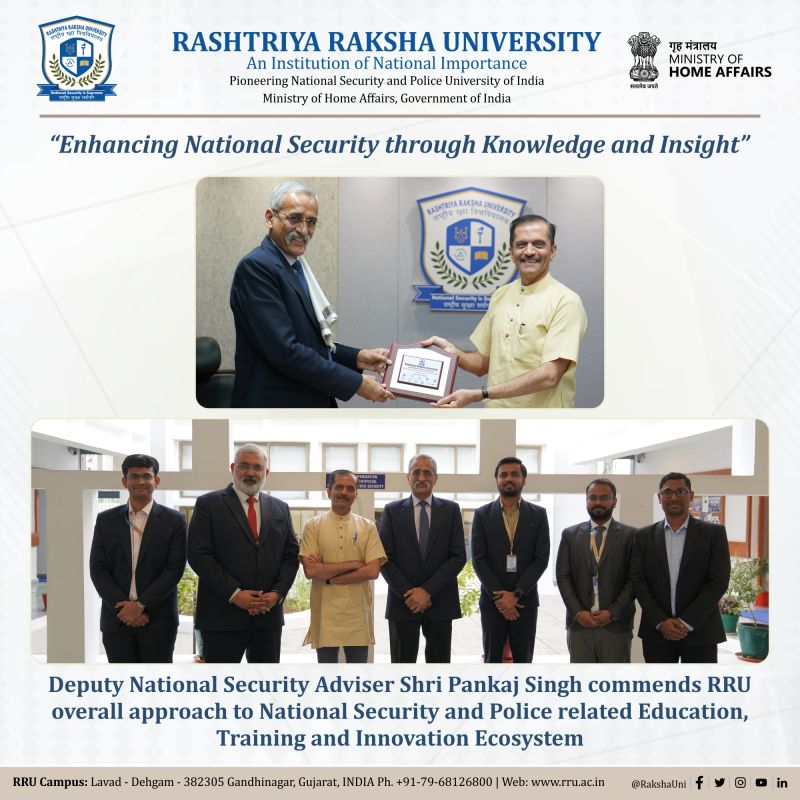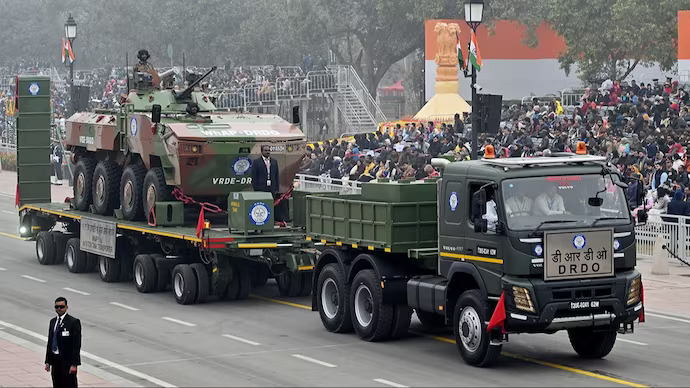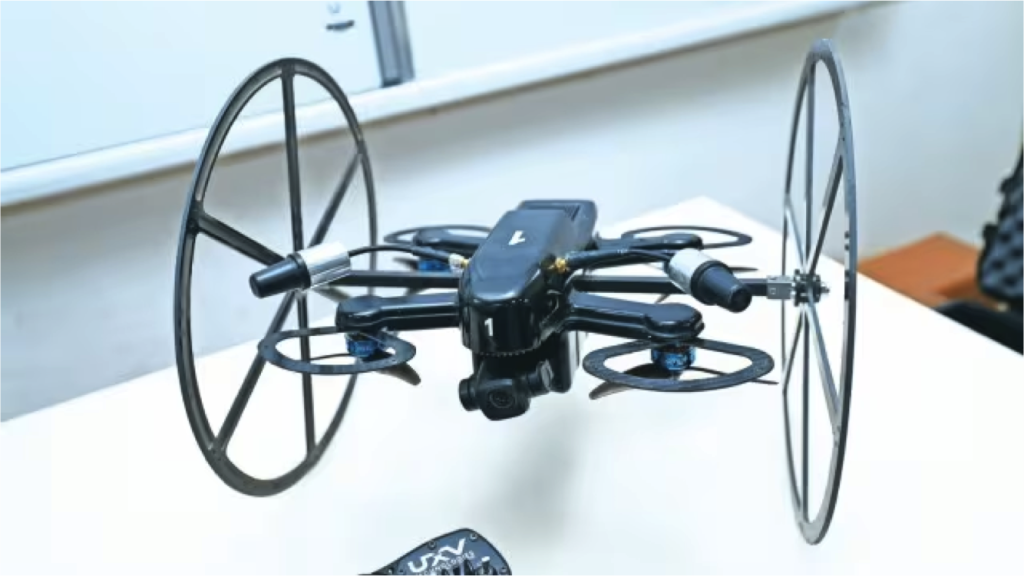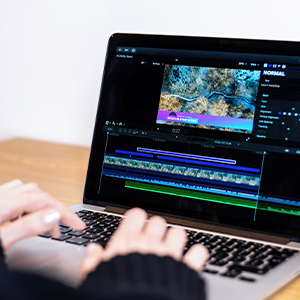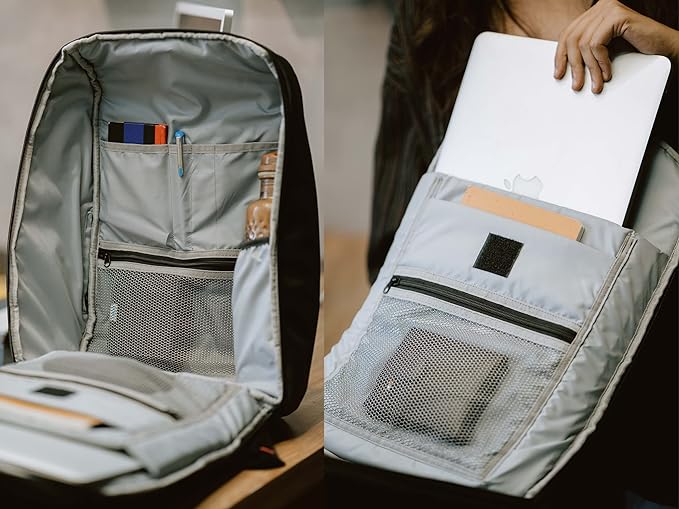What Security SOP ‘Offering a Light’ Teaches Us

What Security SOP ‘Offering a Light’ Teaches Us
SOPs, A Practice more than a Tool

Expert Speak, Colonel Rahul Sethi. (Retd.) Founder at ‘The Fauji Salt’
You either do the task and do it right, or you don’t do it at all; in the army, there is no leeway. There is no scope for mistakes as even the most minor thing could be fatal.
While hiking through the trenches in sub-zero temperatures, as the light starts to dim and the sun is minutes away from touching the horizon, you do not have the luxury to sit and meditate on what to do next. In the army, the question of what, how, and why are the exceptions, not the norm. You once learn what to do, when, why, and how, and then never ask about it again.
You have Standard Operating Procedure (SOP) for everything. Some are like the unsaid etiquettes of lighting cigarettes. And regardless, you follow them through- just as exact as your aim. And you should never miss.
So, be it the secluded borders and chaotic battlefield or the tumultuous terrains of the business world, one lesson that I have learned from the army that has only helped me consistently work and be efficient, is the practice of using SOPs.
Offering a Light
Your first question should always be: What is it? Standard Operating Procedure, or SOP, is like a rulebook or instructions that guide you through the process of particular tasks.
Let’s take back the example of lighting cigarettes. Imagine the situation where you have to offer a light to someone. So, if you have a lighter, you would light your cigarette first and then that of that other person. But if you have a matchstick, you would light their cigarette first and then yours.

Regardless of whom you’re with or any circumstance, that’s how you do it. That is the standard operating procedure you follow if you’re smoking with someone else or, at least, one that we did. You might be wondering- what’s the point of it? Well, there is a reason for everything, even madness.
If you have a lighter, you always light your cigarette first to check the flame of the lighter on yourself before offering the light to someone else. You don’t want the other person to get burnt because of your lighter. And if you’re using a matchstick, you light the cigarette of the other person first so that if the matchstick burns out or breaks and falls, it is on you, not them.
To be honest, I don’t remember the origin of this SOP, but I do remember the steps and purpose of those by heart. Because we didn’t learn it, we practiced and made it our norm- it was our standard operating procedure.
Put to Practice
SOPs do not give you use and throw information. The purpose of the SOP is to standardize particular activities. Hence, the approach to SOPs should also be in the same regard.
You do not learn the SOP of the activity- you practice it. Remember the first time you had to tie your tie. We all knew how to do it- we knew the steps, but even so, it was only after the third and the fourth time that we could tie the tie easily.
Active practice is the best way to learn. You do what you have learned; you make mistakes; you correct them and do it again. You keep doing it till you reach the point where you don’t have to consciously think about the process. That’s when you are really efficient in your job. And so the best way to use SOP is to practice it, rather than just learning the steps, before actually performing the task.
The Merits
SOPs reduce errors and ensure the efficient execution of routine activities. As a single point of reference, it ensures consistency even if the tasks are taken by different persons and keeps the results in accordance with the requirements.
As I entered the world of commerce, I realized that the idea of SOPs that I was familiarized with in the army also applies to businesses. The motive behind SOPs is the same consistent, efficient, and successful execution. Using SOPs, I have seen the workload of teams and staff reduce significantly. Using tested and best-optimized procedures in the SOP, you can inculcate best practices, reduce wastage of resources and improve your overall output.

 Member Login
Member Login 






